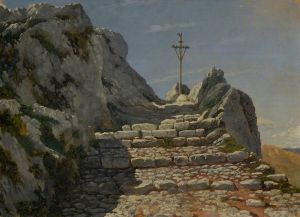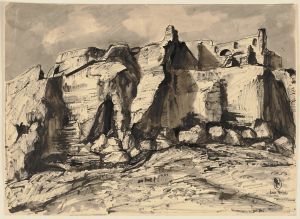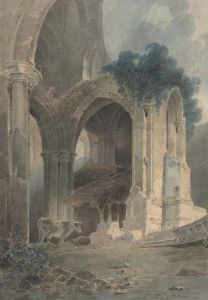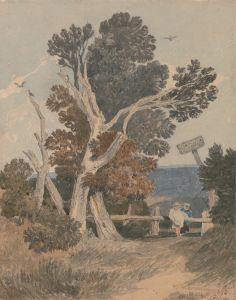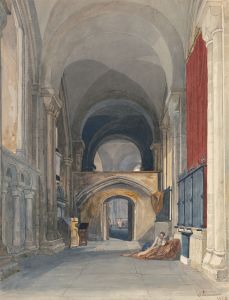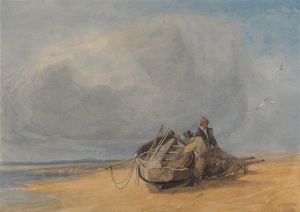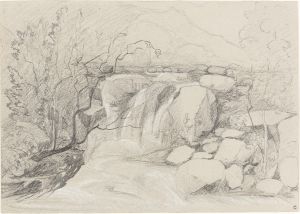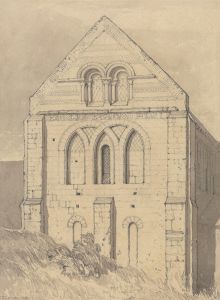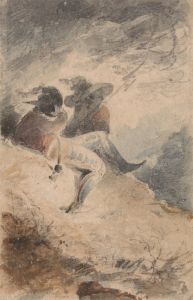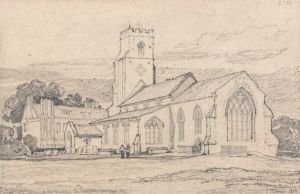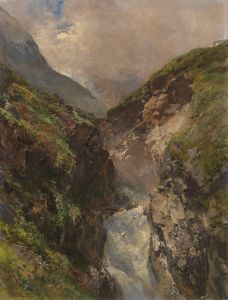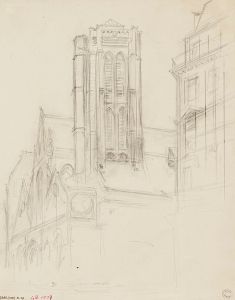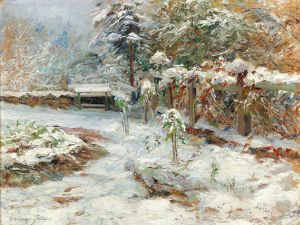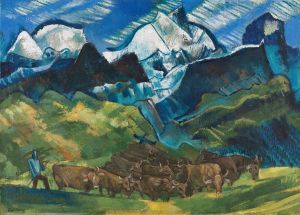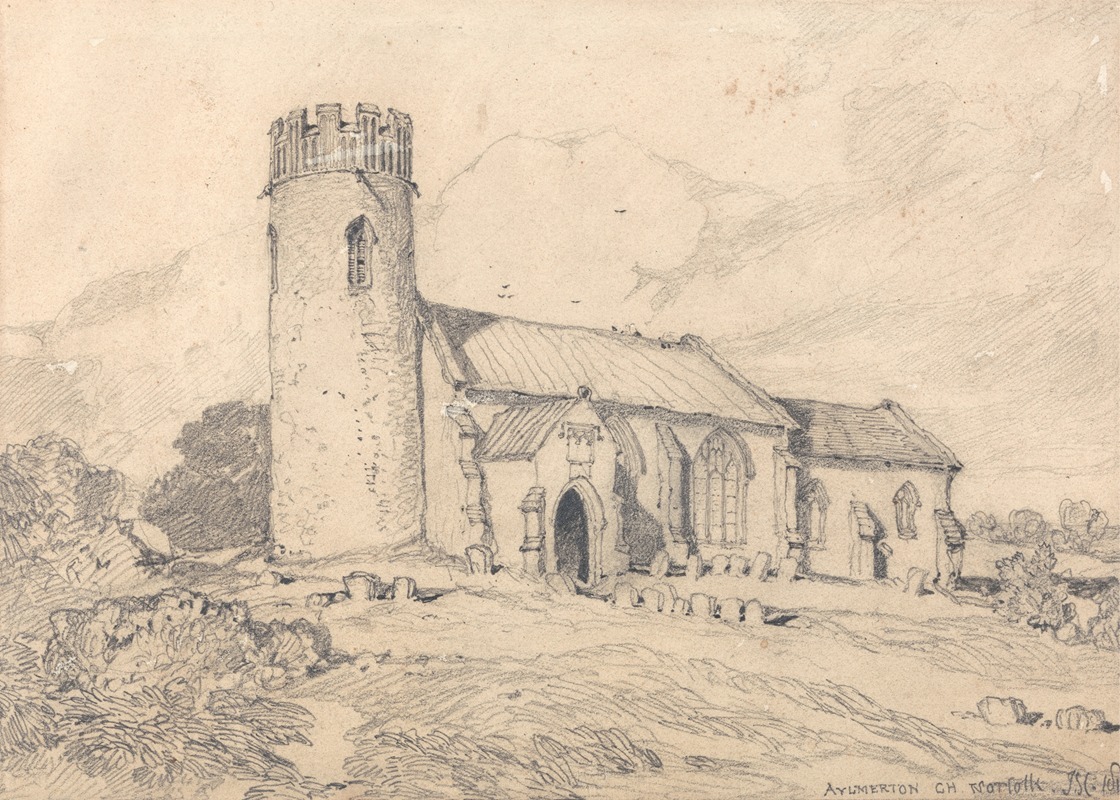
Aylmerton Church; Norfolk, from the South-West
A hand-painted replica of John Sell Cotman’s masterpiece Aylmerton Church; Norfolk, from the South-West, meticulously crafted by professional artists to capture the true essence of the original. Each piece is created with museum-quality canvas and rare mineral pigments, carefully painted by experienced artists with delicate brushstrokes and rich, layered colors to perfectly recreate the texture of the original artwork. Unlike machine-printed reproductions, this hand-painted version brings the painting to life, infused with the artist’s emotions and skill in every stroke. Whether for personal collection or home decoration, it instantly elevates the artistic atmosphere of any space.
John Sell Cotman (1782–1842) was an English painter, illustrator, and leading member of the Norwich School of painters, a group of artists based in Norwich, England, during the early 19th century. Cotman is best known for his watercolors and etchings, which often depict architectural subjects, landscapes, and scenes of rural England. His work is characterized by its clarity, precision, and a distinctive use of light and color.
The painting Aylmerton Church; Norfolk, from the South-West is one of Cotman’s works that reflects his interest in capturing the architectural and historical essence of English churches. The artwork depicts the Church of St. John the Baptist in Aylmerton, a small village in Norfolk, England. The church, which dates back to the medieval period, is notable for its traditional flint construction, a common feature of Norfolk churches. Cotman’s rendering of the church from the south-west perspective highlights its architectural details and its integration into the surrounding rural landscape.
This painting is executed in watercolor, a medium Cotman mastered and used extensively throughout his career. His technique in this work demonstrates his ability to balance architectural precision with a sense of atmosphere and mood. The composition emphasizes the church’s structure while also capturing the play of light and shadow, which adds depth and dimension to the scene. The surrounding landscape, though secondary to the church, is treated with equal care, showcasing Cotman’s skill in depicting natural elements.
Cotman’s focus on Norfolk churches was part of a broader interest in documenting England’s architectural heritage. During the early 19th century, there was a growing appreciation for medieval architecture, partly influenced by the Gothic Revival movement. Cotman’s works often served as both artistic and historical records, preserving the appearance of buildings that might otherwise have been altered or lost over time.
The exact date of Aylmerton Church; Norfolk, from the South-West is not definitively recorded, but it is consistent with Cotman’s body of work from the early 19th century. During this period, Cotman traveled extensively across Norfolk and other parts of England, sketching and painting churches, castles, and other historic structures. His works from this time reflect his deep engagement with the English landscape and its architectural heritage.
Today, Cotman’s works are held in various public and private collections, including the British Museum, the Victoria and Albert Museum, and the Norwich Castle Museum. His contributions to English art, particularly in the field of watercolor, have been widely recognized, and he is regarded as one of the most important artists of the Norwich School.
No further specific details about Aylmerton Church; Norfolk, from the South-West are available, but the painting remains an example of Cotman’s dedication to capturing the beauty and history of England’s rural and architectural landscapes.





